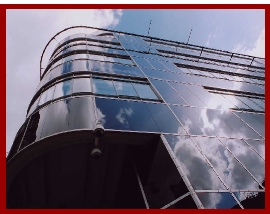| ||||||||||||||||||||||||||||
 | ||||||||||||||||||||||||||||
Welcome to the | ||||||||||||||||||||||||||||
 | ||||||||||||||||||||||||||||
CCTV Camera Power Supplies - continued
This can be particulalrly useful as a 'back up' power supply (for example in locations subject to regular black outs), or where a camera is to be installed on a temporary basis, or indeed used covertly with no other power supply available. In addition, it is relatively easy to configure rechargeable 'cells' as a constant emergency back up, to maintain operation if the existing supply is deliberately disabled. With the 'line powered' cameras, this option may not apply, although 'mains' derived from a battery driven 'invertor', may actually prove to be a more satisfactory option, in certain circumstances. Picture Scanning Having briefly considered the various power supply options, we now have to look in a little more detail at their relevance in relation to the cameras picture scanning. Remembering that CCIR was 25 frames per second, and EIAJ was 30 frames per second, there is actually a fairly If a camera is used in the UK, our AC (Alternating Current) mains voltage is 50Hz., so if the cameras scanning circuitry is 'locked' to the mains frequency, this means that 50 fields (or pictures) are snatched each second. A high quality image is then constructed from 2 'fields', which are overlaid or to be more accurate 'interlaced' to produce one single 'frame'. This process is then repeated 25 times every second. | ||||||||||||||||||||||||||||
 | ||||||||||||||||||||||||||||
IMPORTANT: No material may be reproduced, copied or redistributed from this site, © doktorjon.co.uk 2004 - 2008 Homepage...:...Gateway...:...Technical Gateway....:....Quickfind Index....:....Equipment Directory | ||||||||||||||||||||||||||||

